Following on the success of the Common Snakes of Durban post that was compiled here is a much broader spectrum to cover South Africa.
This insert below will touch on these medically insignificant snakes, which include harmless (non-venomous) as well as the common mildly venomous snakes which the average South African may come across on a day-to-day basis.
There are 72 species of non-venomous snakes and 50 mildly venomous(bites which do not require hospitalisation) snakes found in Southern Africa.
These snakes can be found right across the country, from Fynbos Biome; Succulent Karoo Biome; Desert Biome; Nama-Karoo Biome; Grassland Biome; Savanna Biome; Albany Thicket Biome; Indian Ocean Coastal Belt; Forests as well as heavily developed land in the suburban and city environments. Many of these species have adapted well to these developed habitats and it is not uncommon to find a variety of species in well built up areas across South Africa.
Brown House Snake – Non Venomous
Arguably one of the most common and widespread snakes in South Africa. Easily distinguishable by the two white lines running down the side of the head. These snakes can be found in almost every environment from suburban gardens, forests, grasslands and including the drier arid regions of the Karoo. Excellent at pest extermination, these snakes feeding mainly on rats, mice, lizards, birds and even bats have been recorded as prey. When first caught they may bite and strike out readily which may draw blood but only superficial bite marks. A commonly kept pet snake by many amateur snake enthusiasts.
Aurora House Snake (Lamprophis aurora) – Non venomous.
In stark contrast to the Brown House Snake the Aurora House Snake is one of the most exquisite looking harmless snakes in the country. Favouring grasslands and fynbos these snakes are abundant in the Western Cape, Eastern Cape, Free State and Gauteng elsewhere they are less commonly seen due to their fossorial nature. Feeding mainly on small lizards, nesting rodents, frogs and on occasion fledgling birds. A shy snake often not exceeding 60cm reluctant to beet although will emit a foul-smelling musk when handled.
Aurora House Snake (Lamprophis aurora)
[/caption]
Olive Snake (Lycodonomorphus inornatus) – Non venomous
Previously called the Olive House Snake these snakes have since been renamed and are part of the Lycodonomorphus genus which includes the Brown Water Snake, Dusky Bellied Water Snake and the uncommon Floodplain Water Snake here in South Africa.
A variable species which can range in colour from dark olive, light olive, olive green, almost pitch black and light brown. A snake that favours damp localities and can often be found under logs, stones and other debris along rivers and the edges of forests. A powerful constrictor these snakes can attain an impressive length and girth of close on 1.3 m in some cases. An opportunistic feeder and will take, rodents, frogs, lizards, birds and often other snakes.
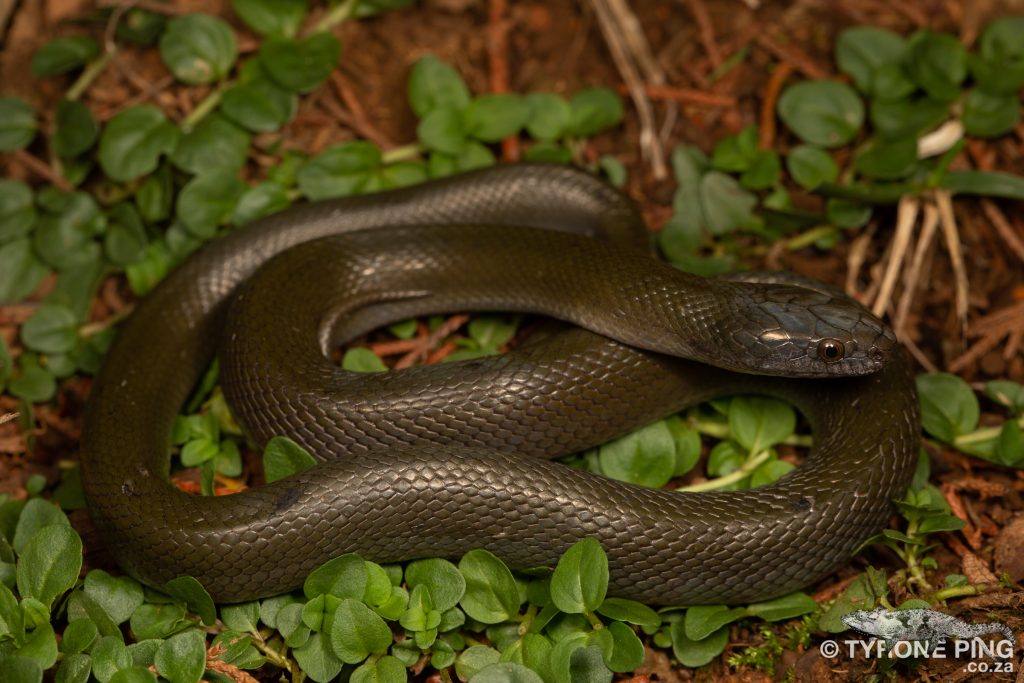
Olive Snake – Lycodonomorphus inornatus – HARMLESS
Lorem ipsum ipsum
Lorem ipsum dolor sit amet, consectetuer adipiscing elit, sed diam nonummy nibh euismod tincidunt ut laoreet dolore magna aliquam erat volutpat.re
Herald Snake (Crotaphopeltis-hotamboeia) – Venomous – not medically significant.
Another prolific snake found across most of South Africa occurring in all 9 provinces. A variable snake which may have bright orange/red, white, yellow or black colouration on the upper lip adding to its common name of the Red-Lipped or Herald Snake. Primarily a frog feeder but are known to take geckos and small lizards. Favouring damp localities these snakes are a common sight in suburban gardens amongst garden ponds and water features. Larger specimens can reach close to 1m in length and as they age may appear a gun-metal grey colour and are often thought to be Black Mambas due to their impressive threat display.
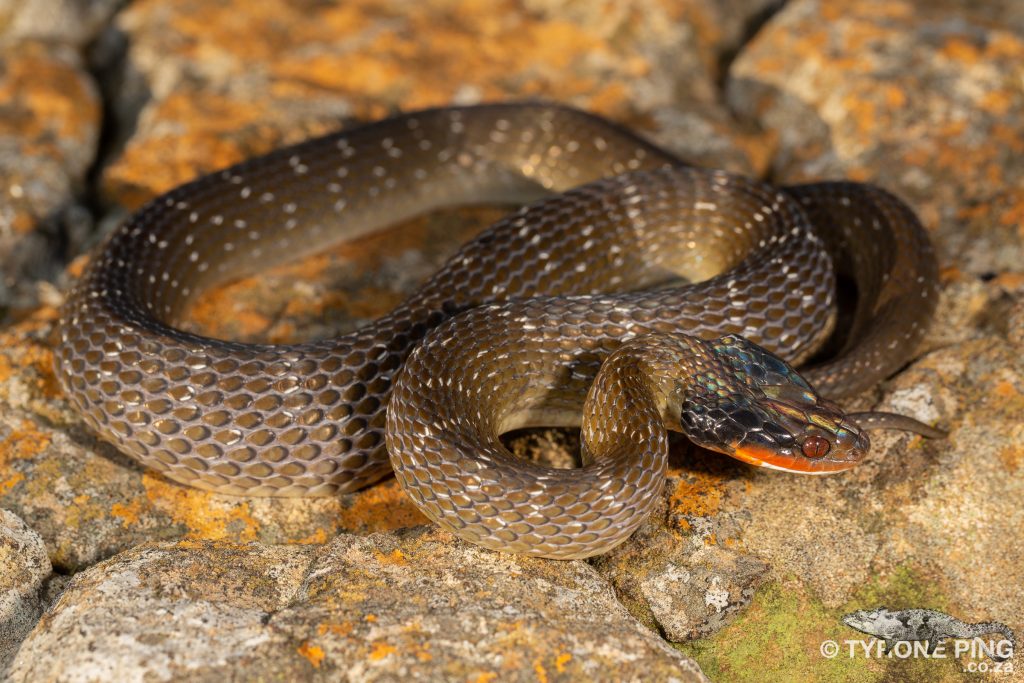
Crotaphopeltis hotamboeia – Herald Snake – VENOMOUS NOT DANGEROUS
Rhombic or Spotted Grass Snake (Psammophylax rhombeatus rhombeatus) – Venomous – not medically significant.
A misleading common name, these snakes got a bad wrap from the original sheep farmers in the Karoo who upon discovering dead livestock thought to be attributed to snake bite would find these snakes commonly in the paddocks. It is more likely such deadstock would be attributed to the Cape Cobra. A fast moving snake common in grasslands, fynbos and montane environments where it preys on small rodents and lizards. They bite readily when handled and bites will often bleed freely for a few minutes – there is much thought behind the anticoagulant properties in the venom. These snakes are boldly patterned in the Western and Eastern Cape but in Kwa-Zulu Natal and the Free State they typically lack such bold patterns.
Olive Grass Snake (Psammophis mossambicus) – Venomous – not medically significant.
An impressive Grass snake which can often exceed 1.8m in some parts of Mpumalanga and Northern Kwa-Zulu Natal. Often seen shooting across roads during the heat of the day and subsequently larger numbers are killed on roads. One of the most robust species of Psammophis in South Africa, these snakes feed on a variety of prey such as rodents, birds, lizards, frogs and often other snakes are taken.
These snakes will bite readily when handled and often if held by the tail will thrash and spin in a dramatic fashion and will break off a section of the tail tip to avade its capture.
Short Snouted Grass Snake (Psammophis brevirostris) – Venomous – not medically significant.
A snake that is commonly confused with the Olive Grass Snake but the former has a distinctive white-dotted line of scales down the length of the spine which allows for an easy identification. As the name suggests these snakes are typically found in grasslands as well as montane grasslands. Common sight on the highveld and often see crossing paths on hiking trails or basking in tufts or grass. Much like the Olive Grass Snake these snakes will not hesitate to bite. Their mild venom may cause small superficial bite marks that will bleed freely for a few minutes. Swelling and irritation is not uncommon at the bite site if the snake is left to chew on the victim.
Karoo Sand Snake (Psammophis notostictus) – – Venomous – not medically significant.
A common snake found throughout most of the arid regions of Northern Cape, Western Cape, Eastern Cape and Southern Free State. A fast moving snake which is often active during the hottest part of the day where it actively chases down prey. Often seen crossing roads subsequently many are killed. Like the other Sand/Grass snakes mentioned above they have a mild venom and will not hesitate to bite when handled. Bites are superficially and mild itchiness and swelling may occur in some cases.
Karoo Sand Snake (Psammophis notostictus)
[/caption]
Spotted Bush Snake (philothamnus-semivariegatus) – Non venomous.
An extremely common snake along the East coast Eastern Cape, Kwa-Zulu Natal, into Mpumalanga, Limpopo, North West and Gauteng. Well adapted to suburban gardens where these snakes actively hunt geckos, frogs and small lizards. Often making their ways into homes in search of prey – these snakes are persecuted being mistaken for Green Mambas and Boomslang. These skittesh snakes will often move off quickly when disturbed up the nearest wall or tree. They are excellent climbers and well adapted and hunting their prey amongst the trees or roof beams. Prey is often swallowed whilst the snake is suspended. They will bite readily if handled but the bites are superficial and of no concern.
Spotted Bush Snake (Philothamnus-semivariegatus)
[/caption]
Eastern Natal Green Snake (Philothamnus natalensis natalensis) – Non venomous.
These snakes are far less common in Durban than the Spotted Bush Snake, and they tend to prefer dense coastal forests and thick bush along the coastline. They occasionally enter homes built in and around natural vegetation. They are a robust snake, typically a bright emerald green with a yellow underside, but can also have a few black transverse bars on the dorsal side of the body. Much like the Spotted Bush Snake (Philothamnus semivariegatus) the Eastern Natal Green Snake (Philothamnus natalensis natalensis) is mistaken for the much larger Green Mamba or Boomslang and is needlessly killed.
Green Water Snake (Philothamnus hoplogaster) – Harmless
This is the lesser-seen of the harmless green snakes found in Durban. The Green Water Snake is much smaller than the Spotted Bush Snake (Philothamnus semivariegatus) and Eastern Natal Green Snake (Philothamnus natalensis natalensis) and only averages around 60cm in length. They prefer to live in damp areas around ponds and rockeries, as well as in dense bush. They feed largely on frogs, small lizards, and geckos. They can sometimes be seen sleeping in low bushes and shrubs near water. They are placid snakes which seldom—if ever—attempt to bite, and many people see these snakes when bought into the house by domestic cats.
Cape Wolf Snake (Lycophidion capense) – non venomous
A small (averaging 40cm) nondescript looking snake which is often brown with white edging on the scales or black with white edging. Often confused with the venomous Stiletto Snake. When accosted the Wolf snake will move in small jerky motions often hiding it’s head beneath the coils of its body. They feed almost excusiley on smooth scaled skinks which are often taken at night when these skinks are asleep in rock crevices. These snakes do not bite even when first handled.
Cape Wolf Snake (Lycophidion capense).
[/caption]
Rhombic Egg Eater (Dasypeltis scabra) – Non venomous.
Along with the Brown house Snake the Rhombic Egg Eater can be found just about anywhere in South Africa. From the arid regions in the West, the coastal forests in the Eastern half of country, grasslands and montane fynbos. These snakes feed exclusively on birds eggs and can go many months without a meal when the birding season comes to an end. Being virtually defenseless these snakes put up an impressive threat display by rapidly rubbing its scales together coiling and uncoiling which produces a rasping sound. These snakes average around 50-60cm but can reach over 1 m in certain areas large enough to consume an adult chicken egg.
Common Slug Eater (Duberria lutrix) – Non venomous.
Another widespread species which favours damp localities and suburban gardens where it hunts slugs and snails. A real benefit to any budding horticulturist. Small snakes soften not exceeding 30/40cm, they can be found under logs/stones beneath pot plants and in and around compost heaps where their prey occur. A rather variable and attractive-looking snake in some parts and drab and nondescript in others. Easily distinguishable by its small head and stocky body. When threatened these snakes will emit a foul-smelling musk and may roll up into a tight spiral as part of their defensive posture.
Black Headed Centipede Eater (Aparallactus capensis) – – Venomous – not medically significant.
Another common—although not often encountered—snake. These small, thin snakes seldom exceed 40cm in length and can easily be identified by their pitch-black heads and brown/reddish-brown/grey bodies. Being a fossorial snake, they spend most of their time beneath the ground, under rocks, and in old termite mounds in search of their prey, which is exclusively centipedes. After heavy rains, they often come to the surface. They can be seen on roads and often drown in swimming pools. They have a mild venom and an incredibly small mouth, so they do not often bite people; their venom is of little consequence to people.
Aparallactus capensis – Black Headed Centipede Eater_©_Tyrone_Ping_2020-2
[/caption]
Black Headed Centipede Eater (Aparallactus capensis)
[/caption]
Brown Water Snake (Lycodonomorphus rufulus) – Harmless
A relatively small snake, the Brown Water Snake averages around 60cm and is a shy, nocturnal, semi-aquatic snake. They swim well and are far more aquatic in nature than the Green Water Snake (Philothamnus hoplogaster). They often catch prey in water. They are powerful constrictors that readily feed on frogs, tadpoles, small fish, and occasionally rodents or nestling birds. They can often be found in suburban gardens at night, actively hunting near fish ponds; and, uncovered during garden cleanup operations while sheltering under rubble and rotting logs.
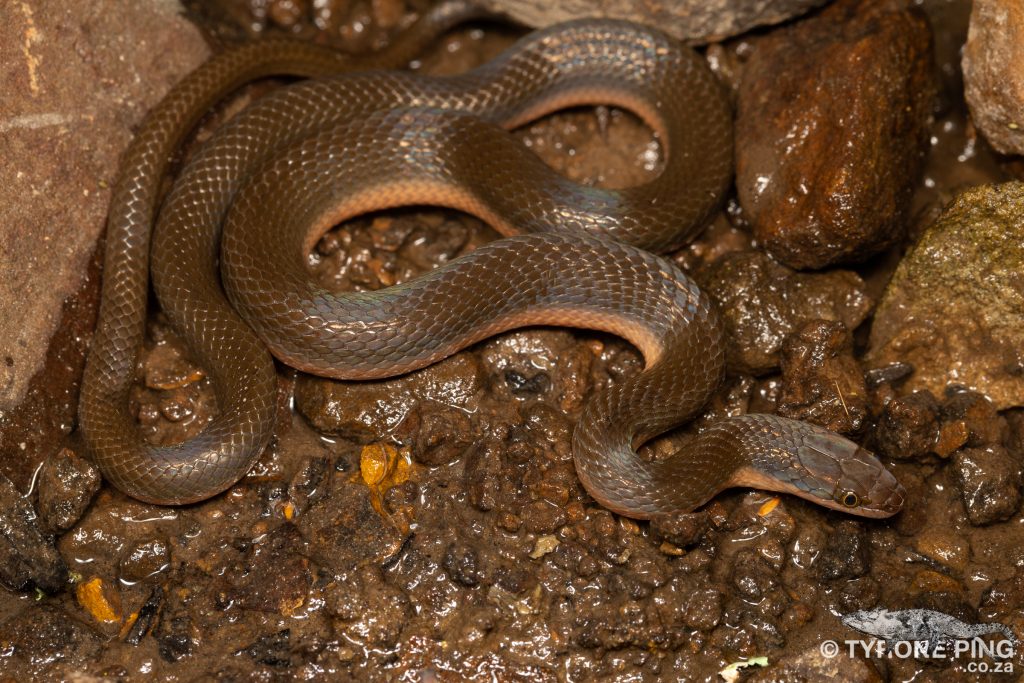
Brown Water Snake (Lycodonomorphus rufulus) – Harmless
Southern African Python (Python natalensis) – These snakes can bite – large snake bites may require medical attention.
The largest snake in Kwa-Zulu Natal, it can grow close to 6m, however, specimens of this size are uncommon. They are non-venomous but are capable of inflicting damaging bites as they have around 100 strongly recurved teeth in their mouth. These large snakes can often be found in the eco-housing estates along the coast, where human conflict can create issues for these animals, as pets like small/medium-sized dogs can easily be eaten by pythons. These snakes don’t pose any real threat to people, and records of humans being eaten by pythons in South Africa in recent history are non-existent.
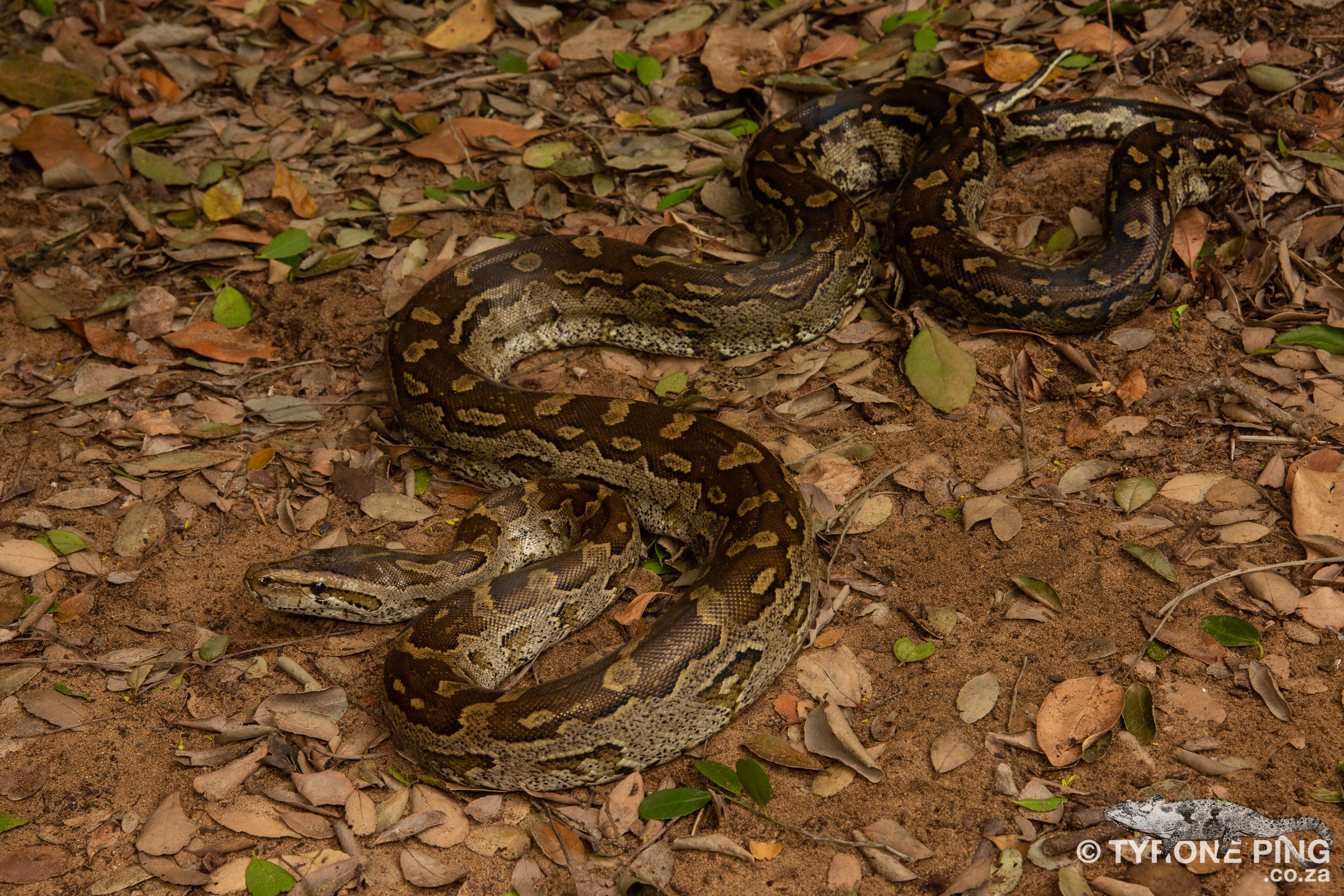
Southern African Python (Python natalensis) – These snakes can bite – large snake bites may require medical attention.
Mole Snake (Pseudapis cana)– Non-venomous
A highly successful snake that is most common in the Western Cape, Free State and Mpumalanga. These snakes come in a wide variety of colours from pitch black on the West Coast, to reddish brown, grey, light orange, ashy grey and salmon in some areas. As juveniles, they are heavily patterned but these patterns typically fade with age. A robust powerful constrictor and can be aggressive and will not hesitate to bite when handled, in some areas they reach close to 2 m in length. They feed largely on rodents which are actively sought after in their burrows but birds and lizards are readily taken.
Adult Mole Snake
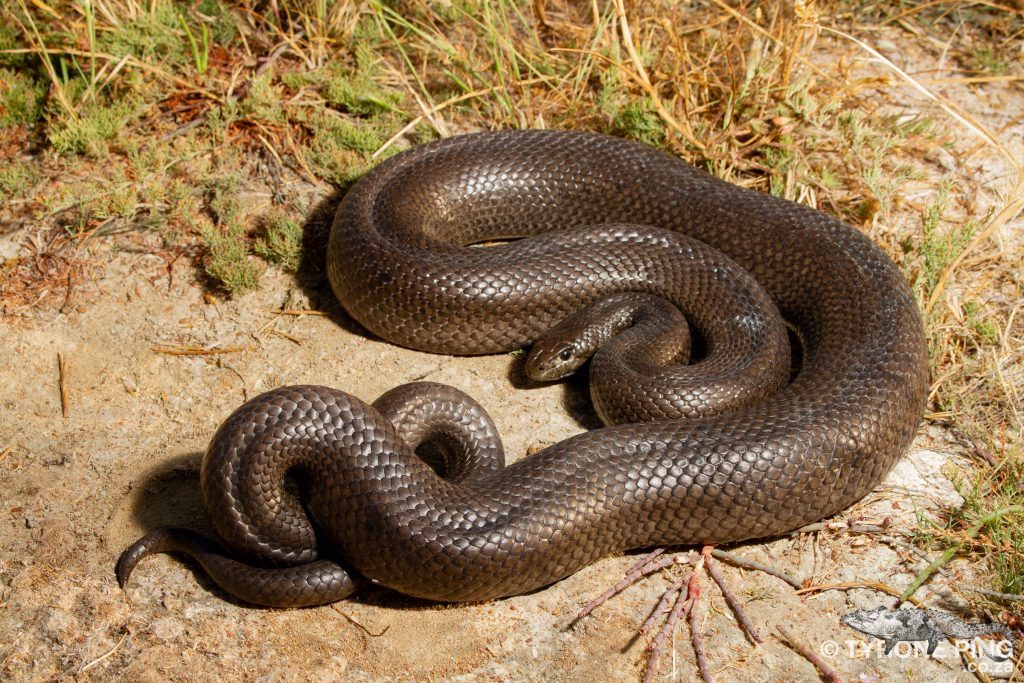
Learn more about the harmless and venomous snakes of KwaZulu-Natal and the Western Cape in these new field guides produced specifically for the provinces.
A FIELD GUIDE TO SNAKES & OTHER REPTILES OF KWAZULU-NATAL
A first of its kind for the region, extensively covering the snakes and reptiles of KwaZulu-Natal. Beautifully laid out across 280 pages, 300 colour photographs, concisely written species accounts and species maps of close to 170 species of snakes and reptiles found in KwaZulu-Natal, South Africa.
Author: Tyrone Ping
ISBN: 978-0-620-93177-9
Format: Soft Cover
Release Date: 2022
Publisher: Pachydactylus Press Written and Printed In South Africa
Pages: 280
A FIELD GUIDE TO SNAKES & OTHER REPTILES OF THE WESTERN CAPE
The Western Cape is a diverse region with an abundance of unique fauna and flora. With over 150 species of reptiles, some of the most iconic venomous snakes call the Western Cape home, from the Cape cobra, Puff adder and Boomlang. Some of the most recently described reptiles have been found in the Western Cape.
Author: Tyrone Ping
ISBN: 978-0-620-98814-5
Format: Soft Cover
Release Date: 2023
Publisher: Pachydactylus Press Written and Printed In South Africa
Pages: 300
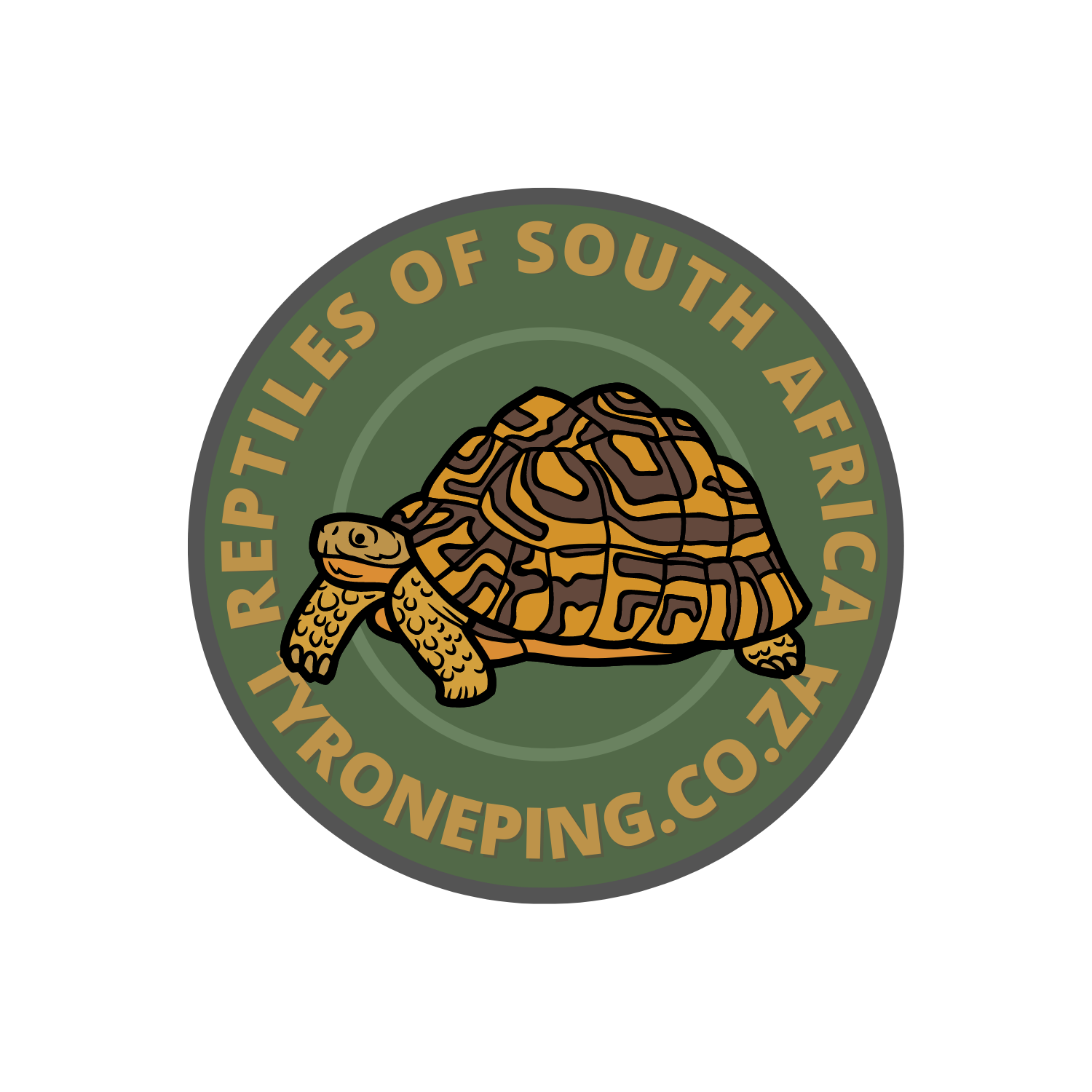
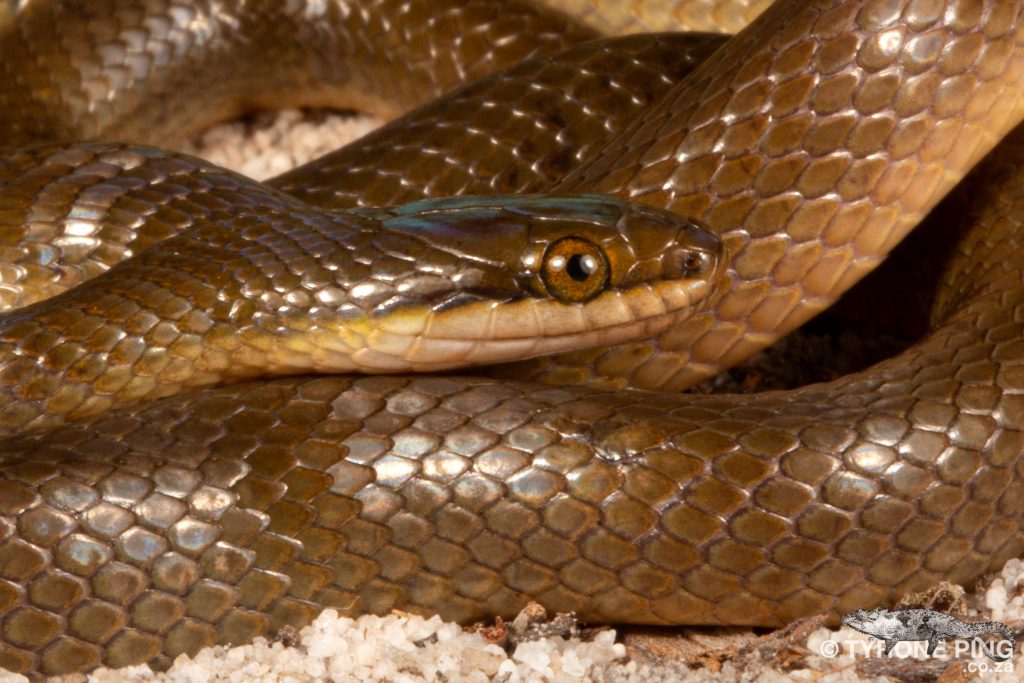
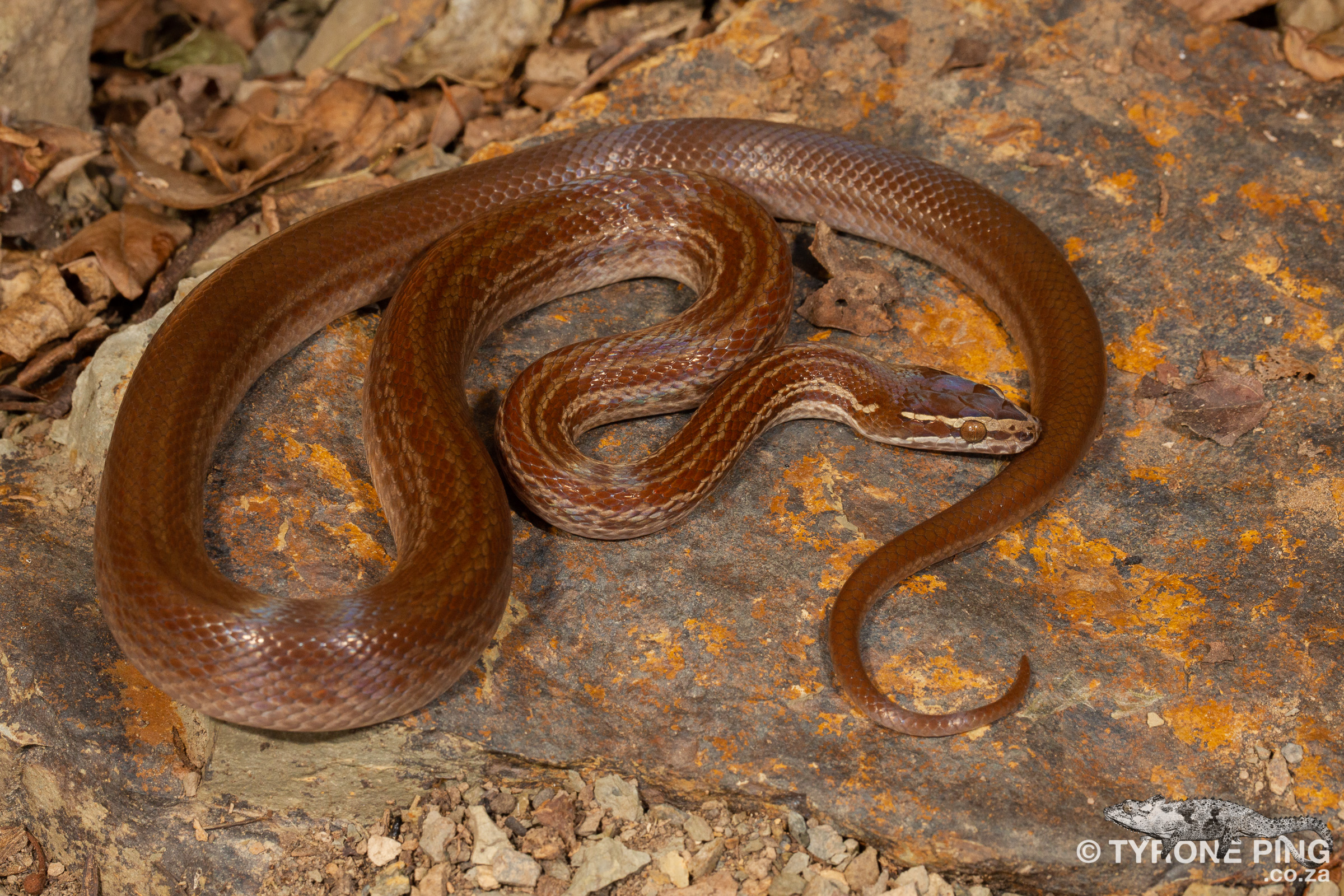
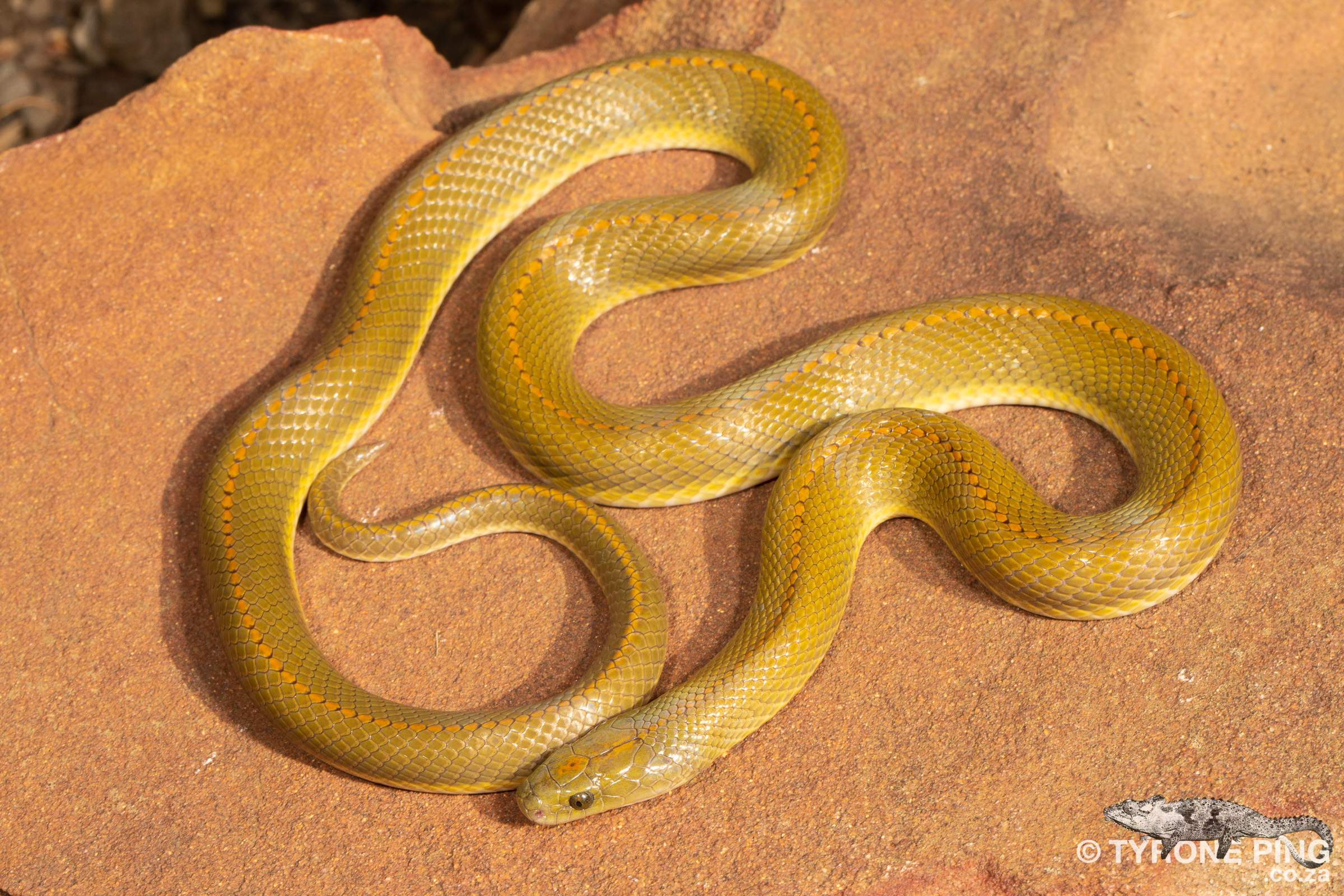
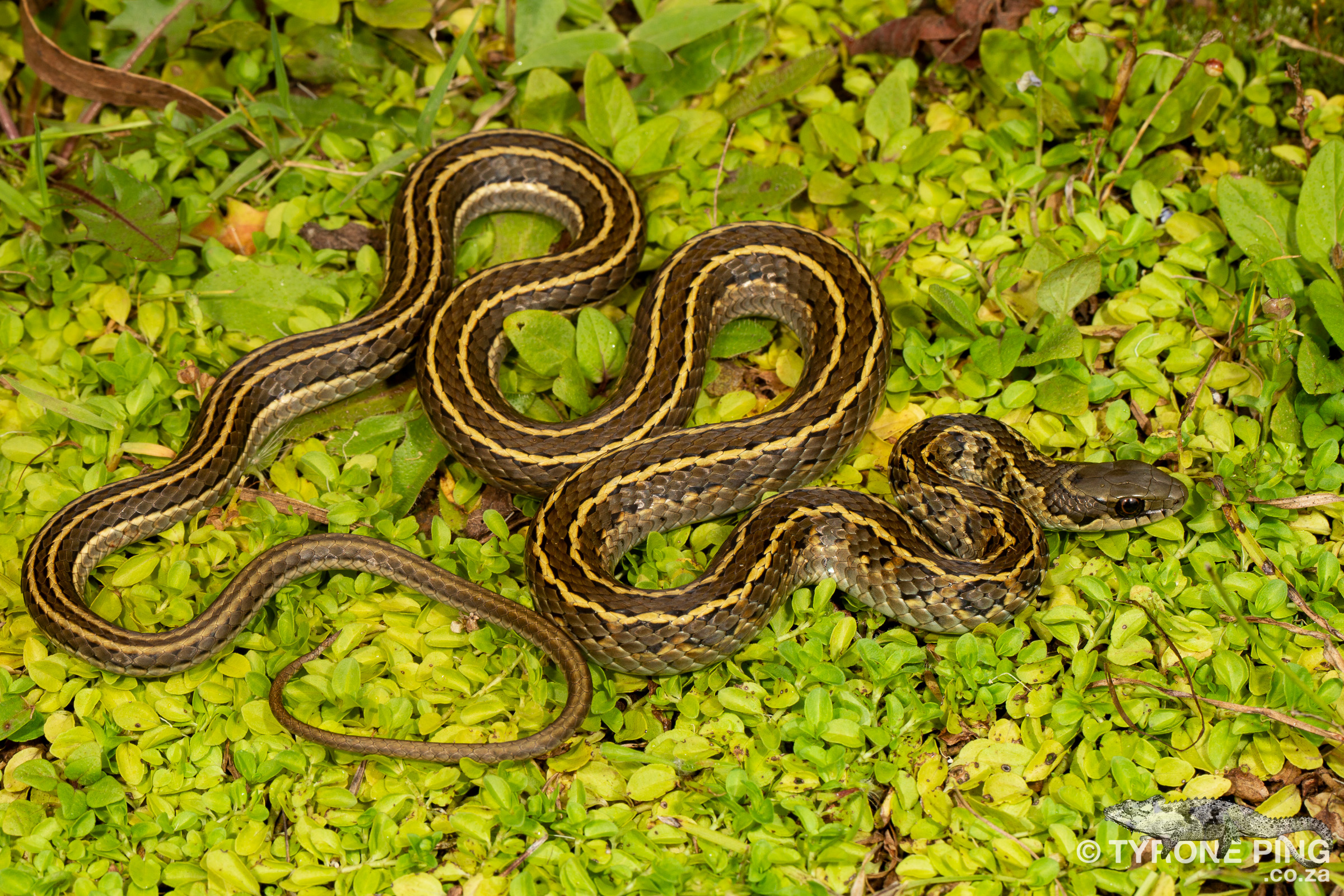
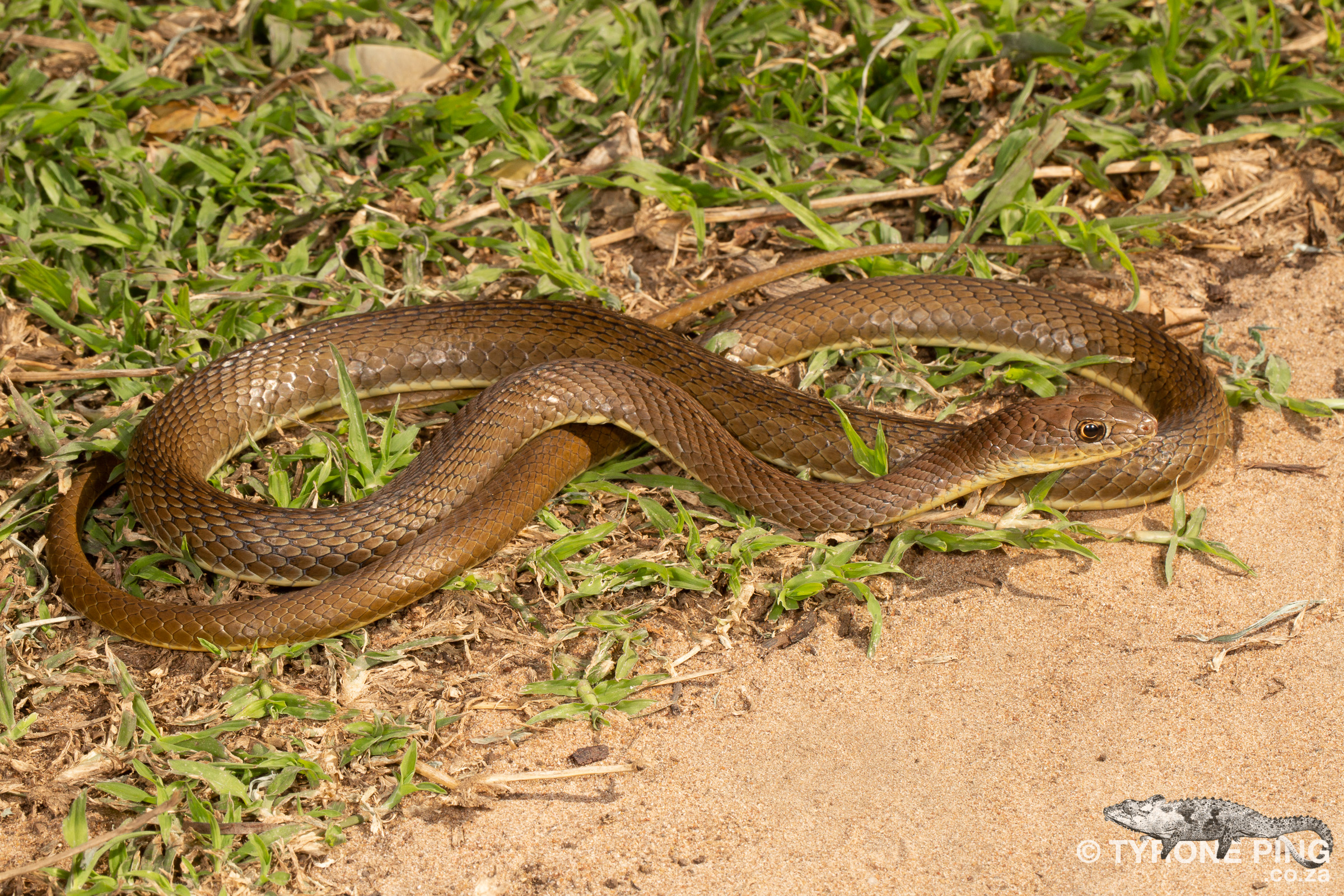
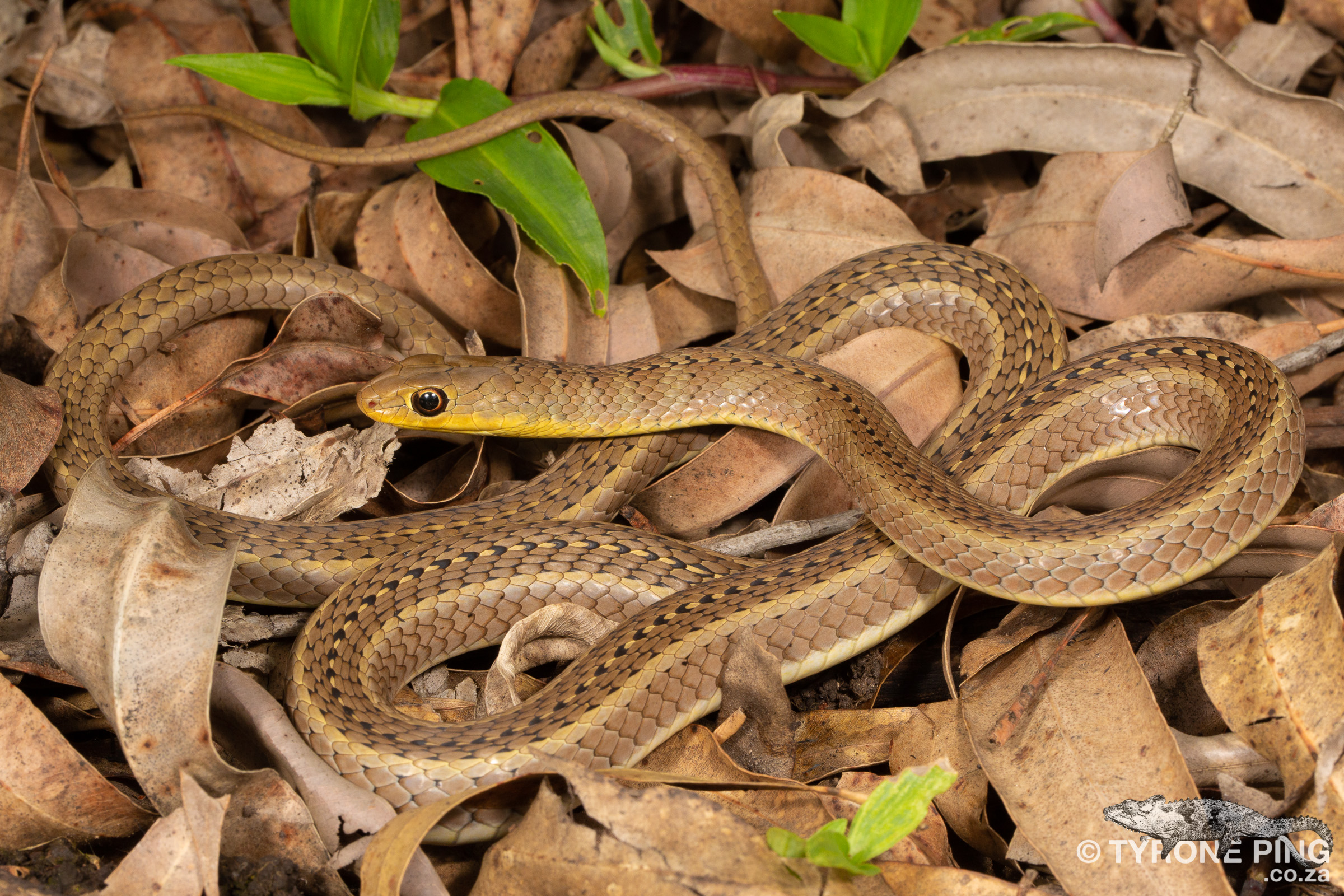
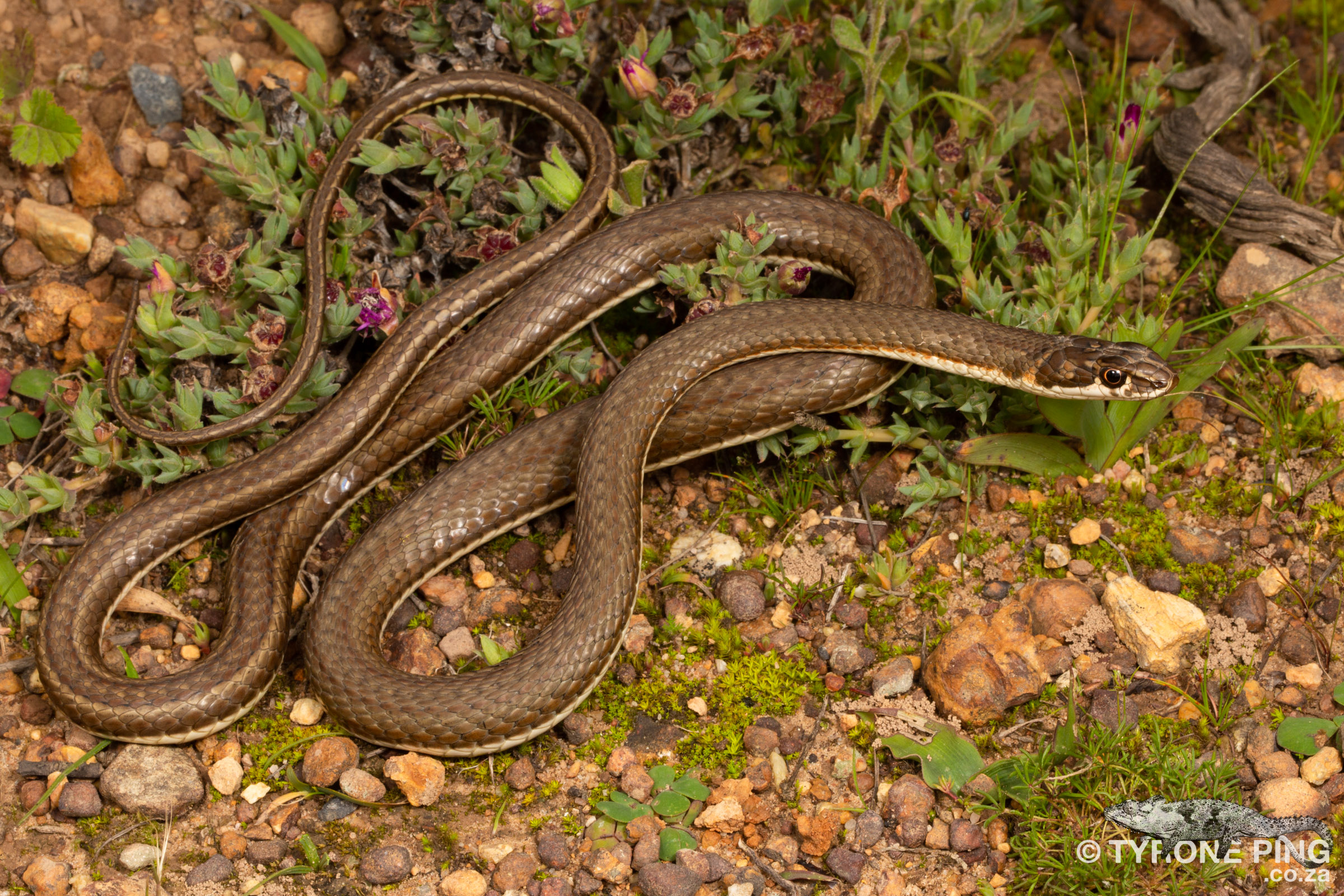
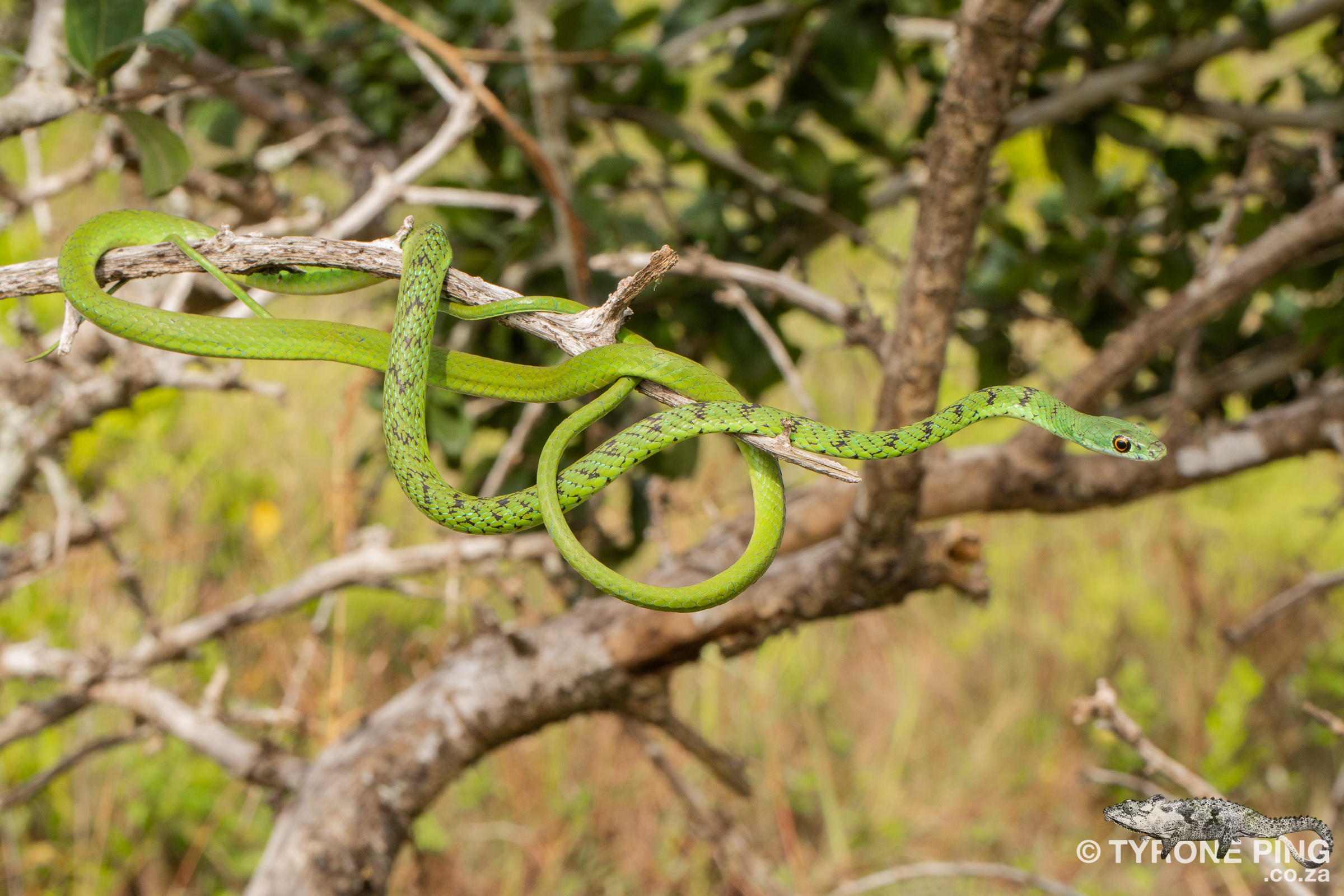
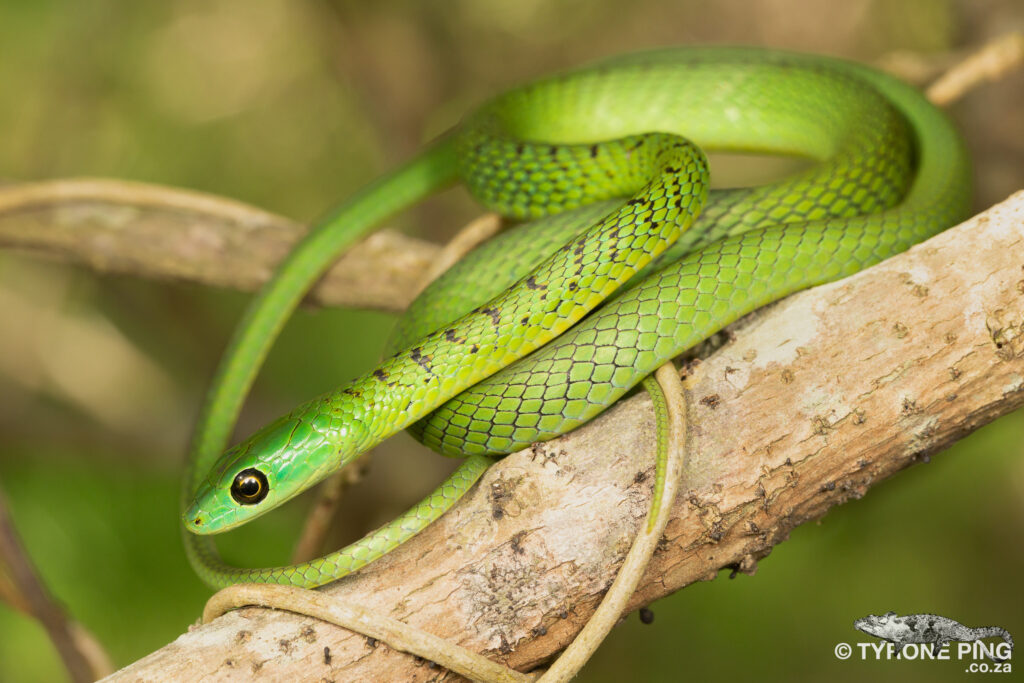
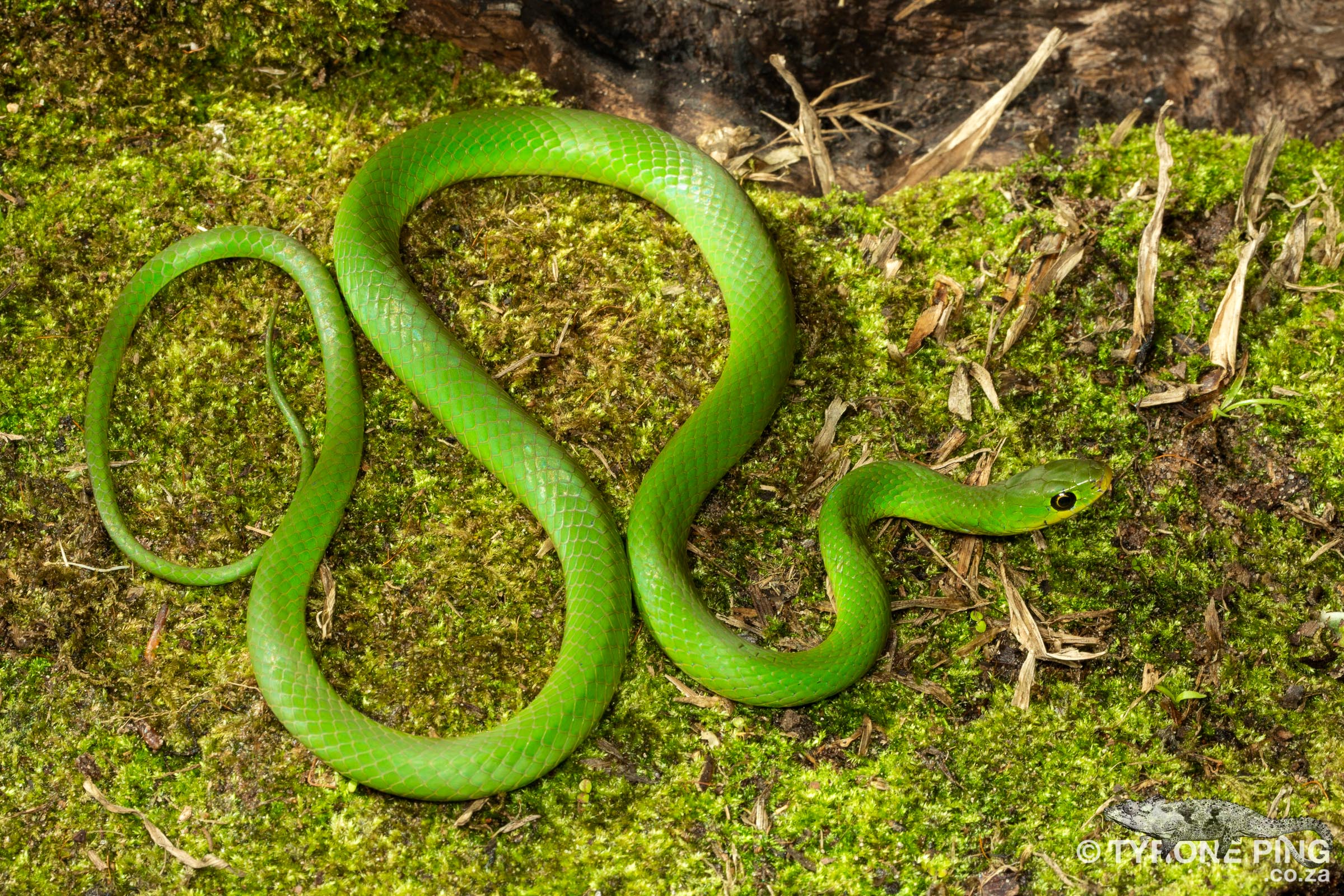
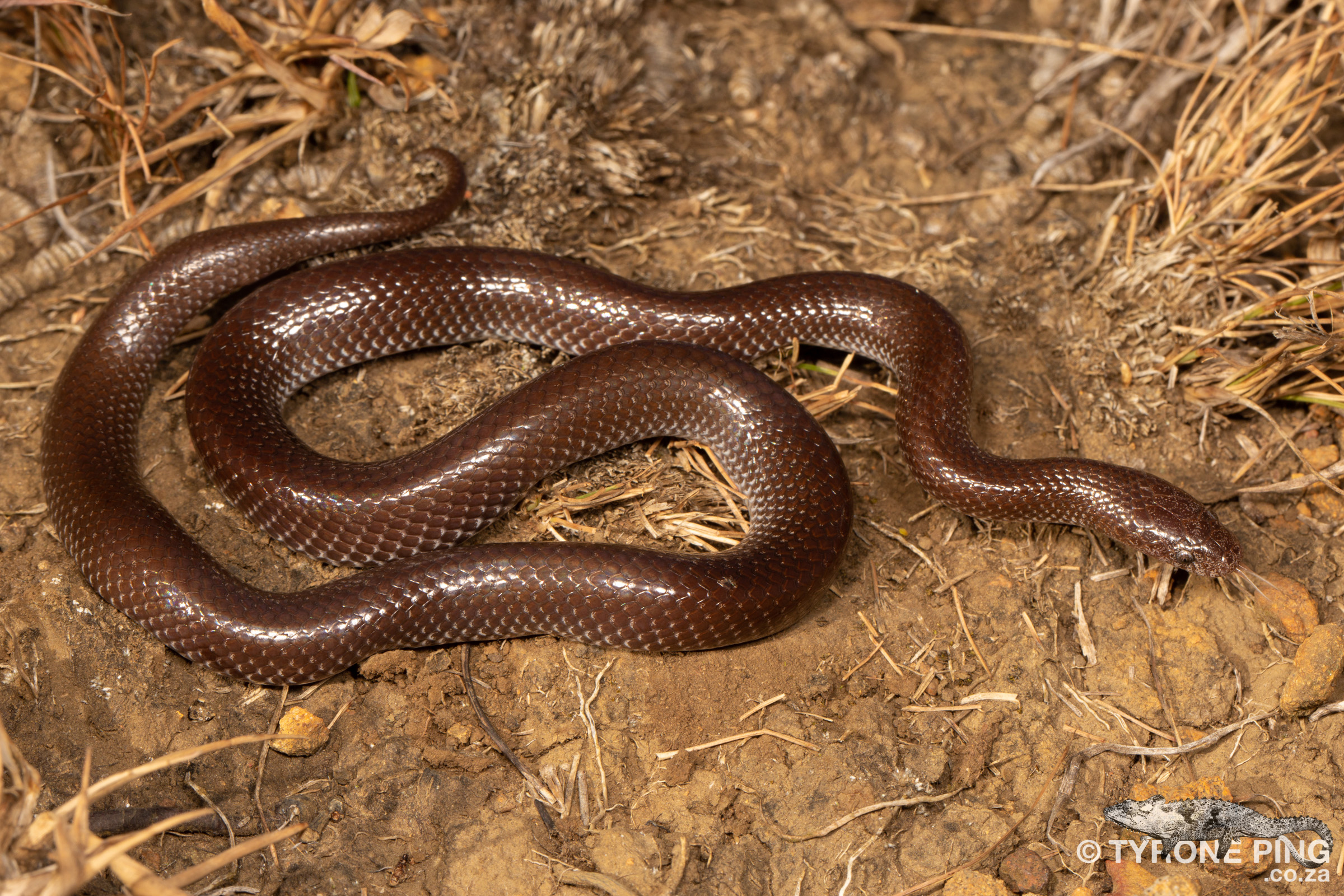
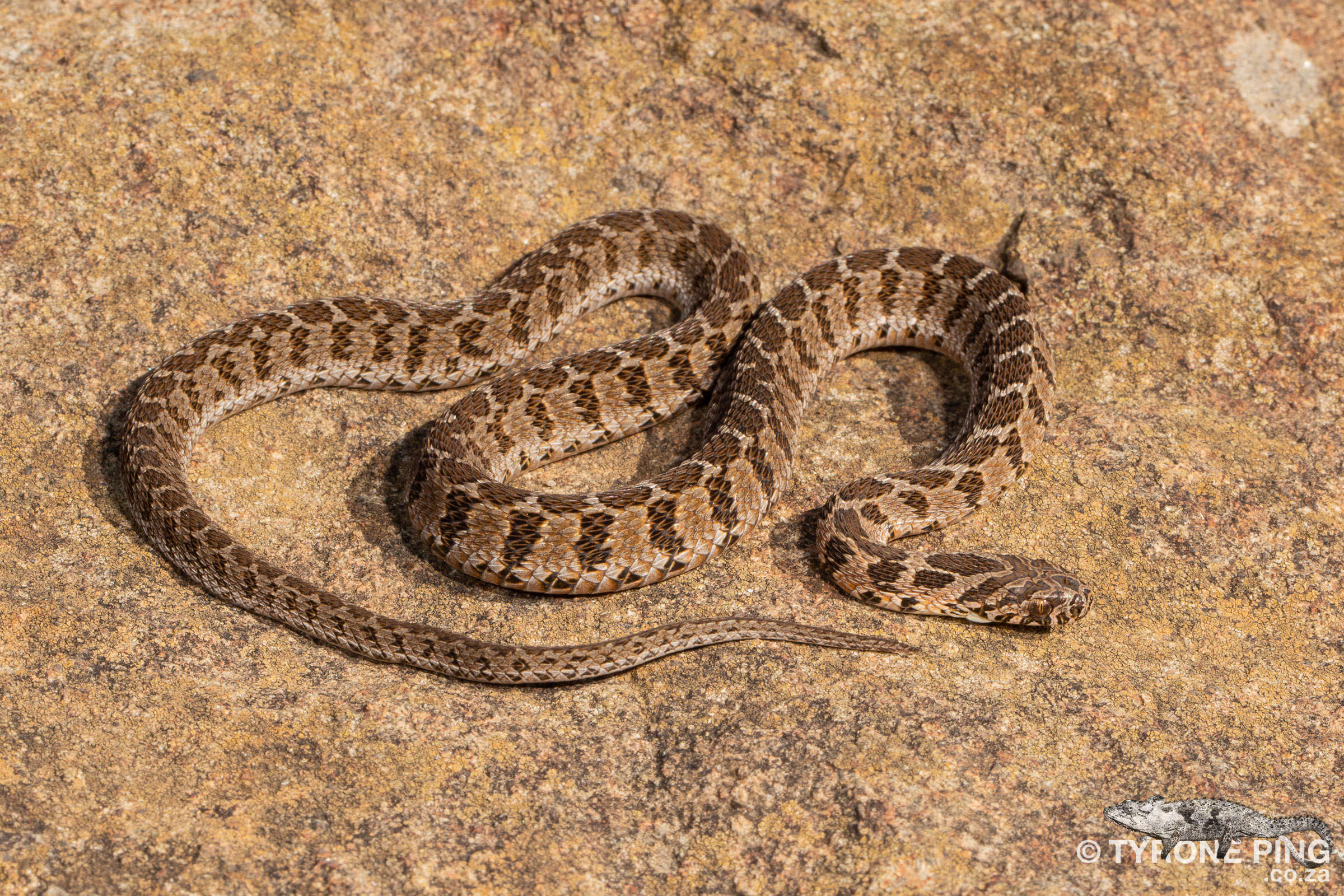
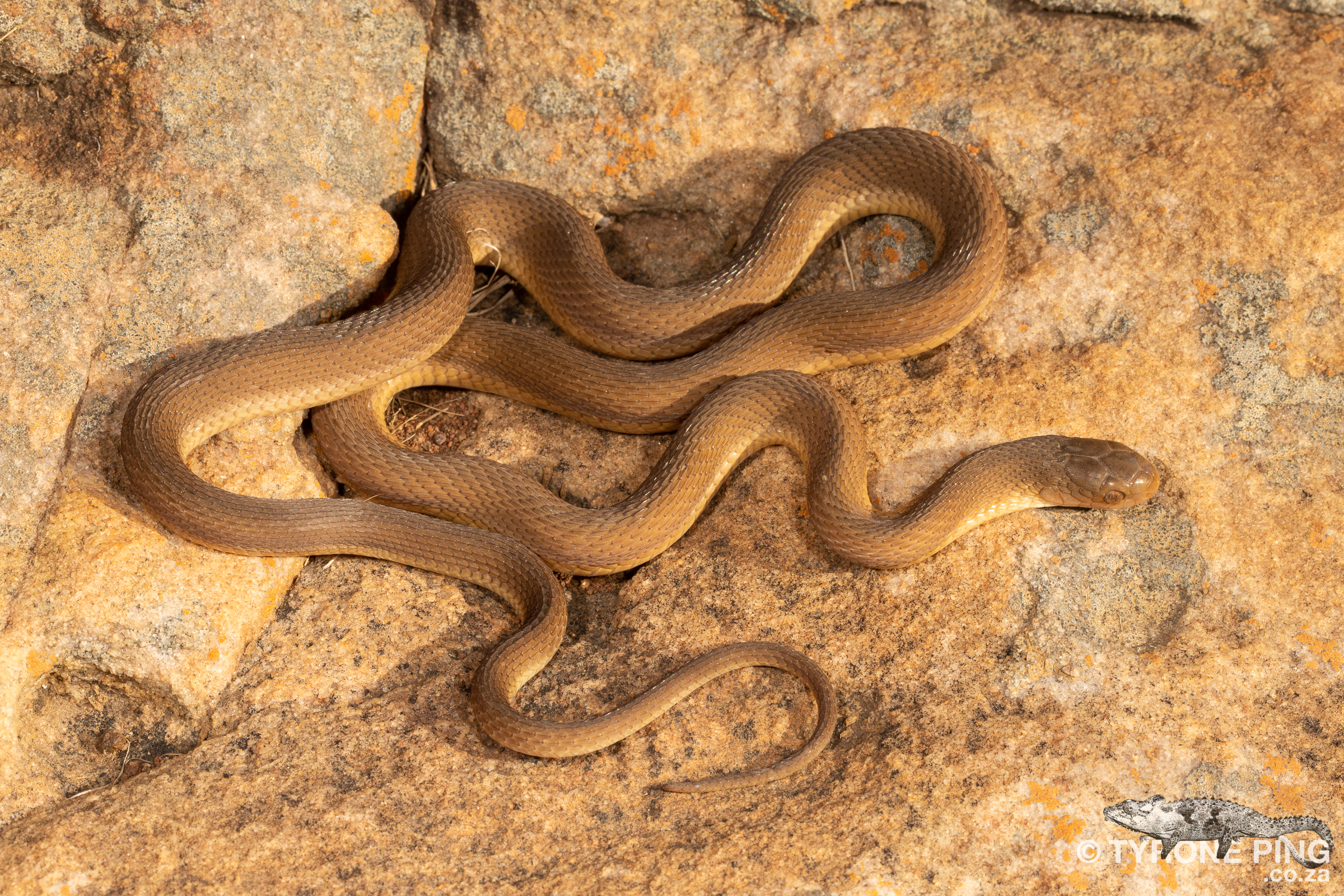
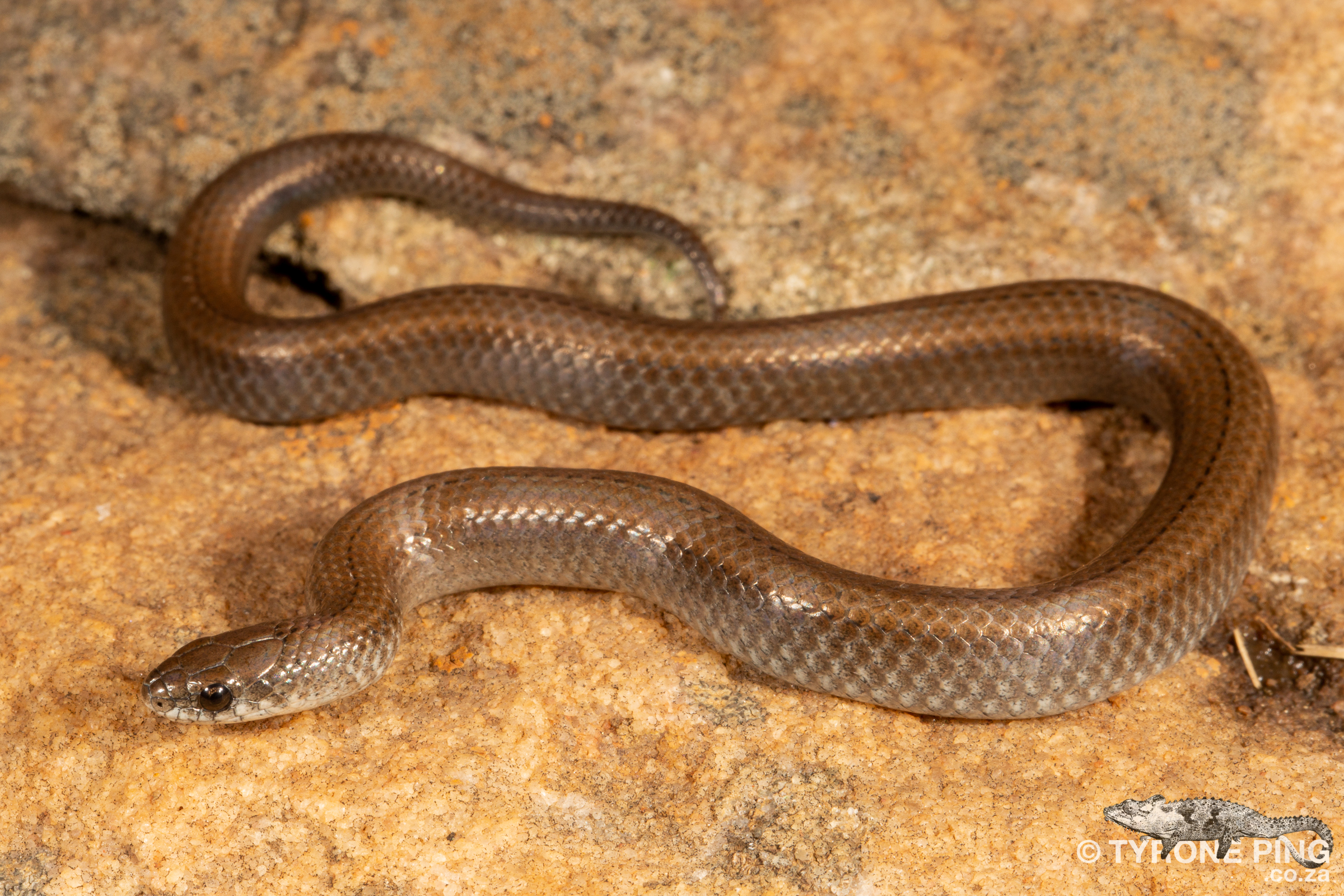
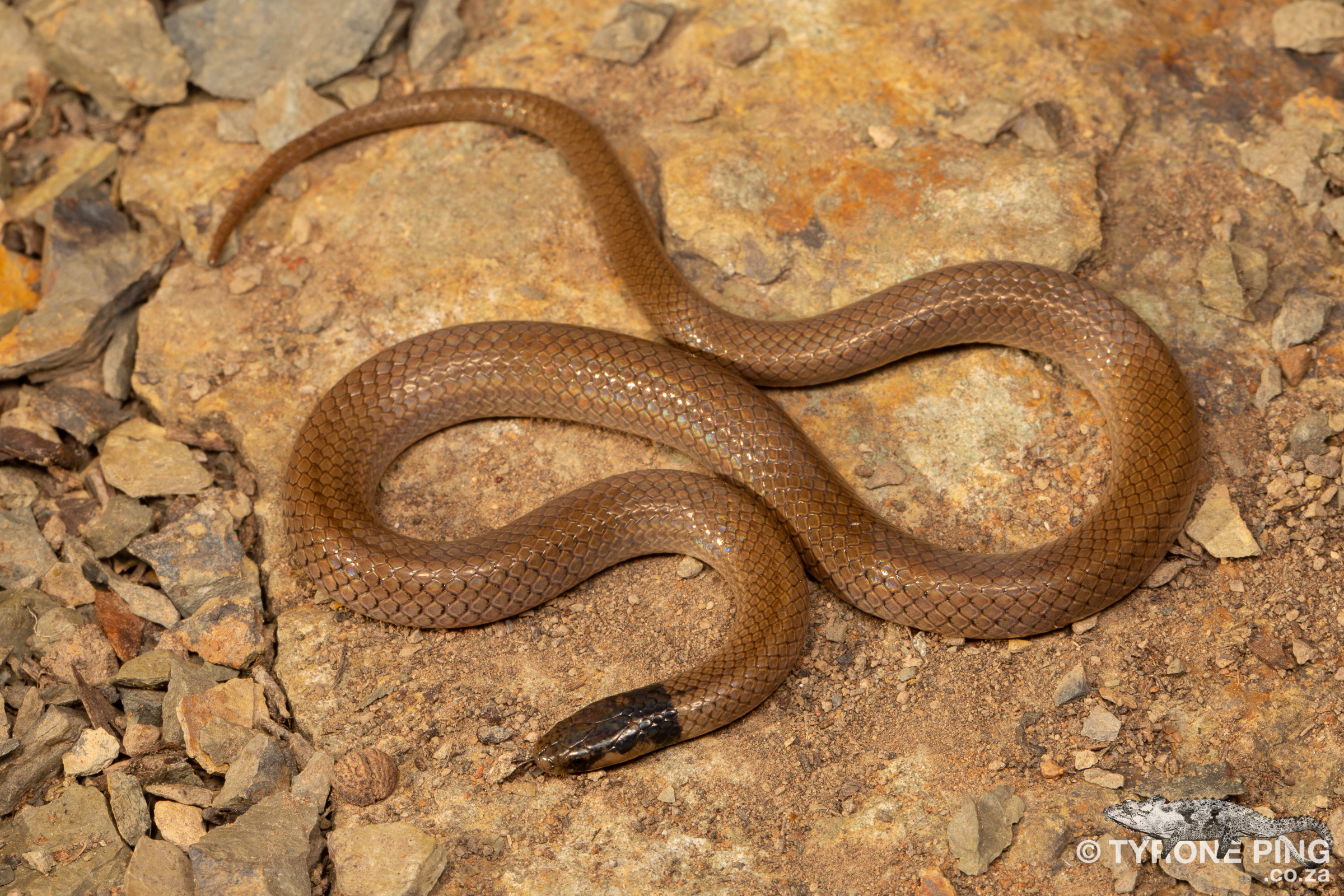
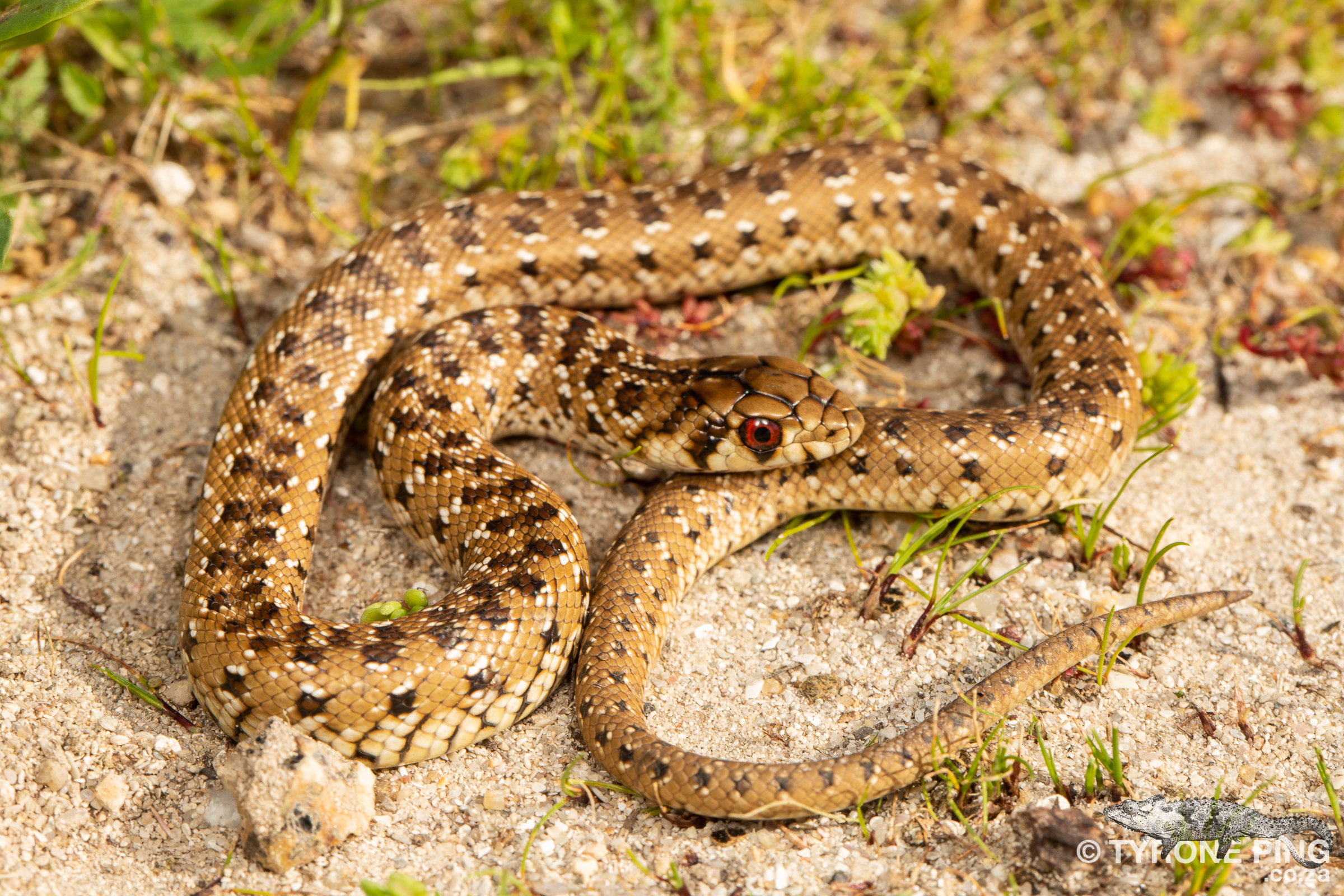
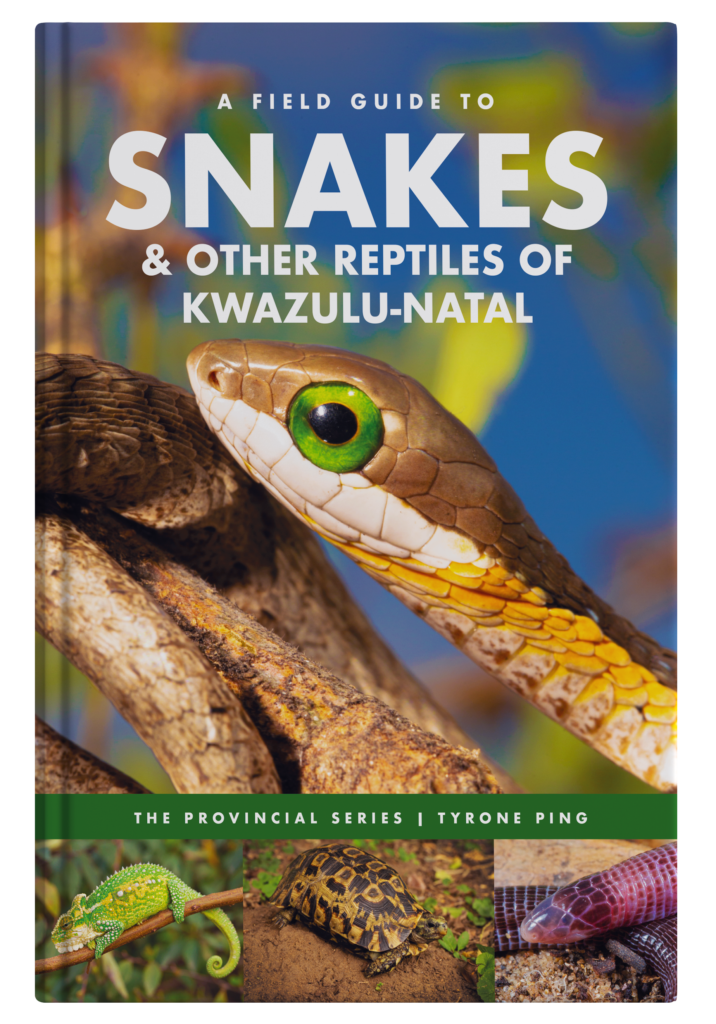
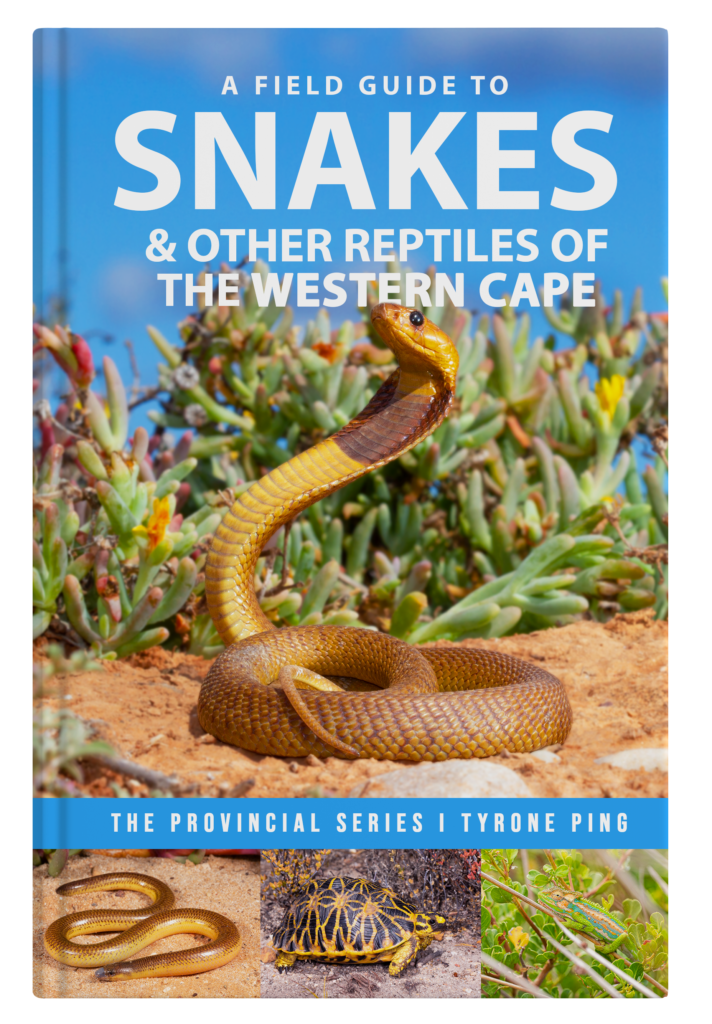
very informative especially the clear pictures
Very interesting topic , regards for putting up. “He who seizes the right moment is the right man.” by Johann Wolfgang von Goethe.
Tyrone you take beautiful pictures. Keep up the good work.
Kind regards
Mike
Brilliant post, Tyrone, and very well timed for me. I had the following experience experience today. I think/hope it was probably a brown water snake …
We love our now well-established ecopool and I am swimming in it several times a day and spending lots of time sitting next to it. I had a quick dip at lunchtime and while standing in the water, felt a nudge against my leg. I looked down into the water and there was a long dark thin thing moving in the water. I panicked, and it panicked, and it swam, still underwater, across the pool before rising up and exiting into the plants on one of the floating islands. It was unmistakably a snake, but I am wondering which kind.
To summarize,
• It was under a metre long
• It was long and thin
• The colour was dark
• It swam underwater
• It was interested enough in me to approach me, when I was standing still, and bump its head against my leg – if I hadn’t felt it I probably wouldn’t even have noticed it was there. It definitely wasn’t there when I got into the pool. It didn’t bite me.
I’m afraid I can’t give a better description than this. I love swimming with the frogs, and I know that frogs attract snakes, so that this would be an occupational hazard of having an ecopool. But, given that the snake was so keen to make contact with me, I need to try establish if it is venomous or not. As a kid I lived near a forest and there were lots of Cape cobras dining on the frogs in the stream nearby. I do hope this isn’t one of them …
Hi there,
Thanks for the comment. That sounds exactly like the habits of a Brown Water Snake they are unmistakable curious and such incidents happen to people often when swimming. There aren’t really any other species of snake that will swim underwater for prolonged periods of time like that besides the Brown Water Snake – Cape Cobras will swim but seldom if ever under the water.
I wouldn’t worry about it – a really good sign that the ecopool is doing a sterling job!
That’s great, Tyrone. Obviously I wasn’t in a position to take a pic, since I was (a) in a panic and (b) trying to swim. But I have googled the snake and everything seems to fit. Much appreciated, and thanks again for the great post.
Hi there. I live in Sedgefield Western Cape. We had a very thin black snake chasing a frog in our paved back yard. It was completely black, close to 1m long and at one stage the end of its tail, approximately 15 cm, stood straight up. When we went close to it to remove our cat, it slithered up a retaining wall. I have seen lots of boomslang and don’t think it was one.
Hi Belinda,
What you’ve most likely seen is a Western Natal Green Snake the unusual melanistic phase – see photos here: https://www.tyroneping.co.za/snakes-southern-africa/philothamnus-occidentalis-western-natal-green-snake/ In the Garden route this black phase is not uncommon although the snakes are typically bright green.
Hope that helps!
Hi Tyrone, thanks so much for the pictures and information. I had a massive frog sitting in the dogs’ water bowl last night (in the house, far from the doors to the garden), and it looked quite unfriendly. I left it and it was gone this morning. I found out from my housekeeper that when I was away two weeks ago a massive frog was frantically getting into the house chased by what she described as a ‘big black snake’ who had been hiding under garden equipment, and who went back into the shed and disappeared. I then found this website and Cora identified the brown water snake, she said it was that one. I know my pool is covered up and a messy pond at the moment because of the drought so perhaps the snake stays there? Do they bite people? And do they ever pose a threat to small dogs such as boston terriers (small ones)? We did notice that one of the bird’s eggs disappeared, we have a bird that nests at the front door regularly and one egg went missing. Sounds like the Brown Water Snake? is there anything we need to be careful of? I am only scared of poisonous snakes, so am not concerned if it is a non-poisonous harmless snake. Thanks so much!
Hi Michelle,
It’s not impossible as frogs will typically hang about where ever there is a source of water and food.
Which area are you in? Brown Water Snakes are very common but not large enough to take down a large toad, they wouldn’t eat the birds eggs but there are several snake species that would do.
If you could let me know which area you’re in I will be able to let you know about the dangerous snakes in the area.
Hi Tyrone, I’m in the Eastern Cape, inland, in a small city / town. I am really hoping it is an aquatic snake!
Highly likely a Brown Water Snake or a Dusky Bellied Water Snake.
The only snakes you need worry about in that area would be Cape Cobra, Puff Adder, Boomslang and Night Adders.
Hi Tyrone, yesterday a snake was in the house, it was under the cockatiel’s cage, and the bird alerted me to something. It was a small snake,
I threw a few blankets over it and kept watch while waiting for help. I called the local snake catcher, it was identified as a Night Adder, and caught and released elsewhere. I think because of the drought here the various reptiles are coming to look for water and food. Any advice as to how to discourage this? I put the frog outside last night, with a big container of water that was accessible for it, but it was back in the house by later that night. I guess trying to get away from the snakes?
Hi Michelle, it’s difficult unfortunately. As if there is food like frogs, toads and rodents they will attract snakes. BY keeping a well manicured lawn/garden does help but hard fast way to keep them at bay.
Hi I found a snake in my house by the kitchen. It’s was green and has a yellow line
Hi Brian,
Most likely an Aurora House Snake.
Did it look like this https://www.tyroneping.co.za/snakes-southern-africa/lamprophis-aurora/
Hi Tyrone. I was taking my dog for a walk today and it went into the grass of the bush/dunes(their is a fence around the bush) opposite the houses and my dog stood still and looked behind him and I saw the tail of a snake slowly moving away from my dog. It was light brown with a dark brown stripe coming from its back onto its tail. It didn’t seem very big amd I couldn’t see its head or the rest of its upper body because of the tall grass. I am interested to know whether it would be safe to still take my dog for a walk through that area, because the grass almost grows onto the sidewalk and we usually come back, that way.
Hi Tyron, it sounds like one of the grass or sand snakes. They are venomous but are quick moving and fast to flee – bites are not dangerous and uncommon unless you pick the snake up. So nothing to worry about.
Hi Tyrone. Found a brown snake with a black line dividing the white belly from the rest of the body. Is it venomous?
Hi there Justin, sounds like a Common Slug Eater. Where was it found?
Hi Tyrone. I’m in Limpopo. I found a small snake, about 20cm, greyish black, white belly, speckles on its back. I think it was a juvenile, it’s mouth was tiny. It was in my bathroom. Easily caught and moved to veld, not agitated or aggressive. Please advise what it may have been.
Hi Christine that sounds like a Herald Snake – venomous, although not dangerous. https://www.tyroneping.co.za/snakes/crotaphopeltis-hotamboeia/
Thanks Tyrone, that picture matches my snake exactly!
Fantastic!
Hi Tyrone, I live in the Kelin Karoo. Nearly stepped on a snake outside my kitchen door the other night. It was a little over 2 foot long and had markings that look very much like an egg eater. Think is, it was thin and didn’t look like a constrictor of any kind. Also when I messed with it, it was completely unaggressive and made no effort to hiss or strike. I ran to gety my phone to take a pic, but of course it was gone when I returned.
Hi Louise,
Thanks for the comment. Sounds like it may have been a Rhombic Egg Eater they’re quite common and you won’t get Night Adders in the Karoo.
You’re welcome to share photos in future if you need any ID’s.
I saw a snake at my back door tonight. It was about 40 cm, long, thin & mustard colour. It moved as soon as I stepped outside. I moved even faster. I have a compost heap & last week, I found a dark brown snake in it. I live in Wynberg/Ottery Western Cape where the Western leopard toad breeds. We have many frogs on our property. Could these 2 snakes be poisonous?
Hi Rehana,
From the description it sounds like it could be any of these three harmless species listed below:
https://www.tyroneping.co.za/snakes-southern-africa/lycodonomorphus-inornatus/
https://www.tyroneping.co.za/snakes-southern-africa/lamprophis-aurora-aurora-house-snake/
https://www.tyroneping.co.za/lizards/acontias-meleagris/
Hi Tyrone. Great website – very informative. We are currently in Malawi (not sure your experience stretches this far?!!) having spent a couple of weeks around the Cape where we were lucky enough to see a Cape Cobra and a Puff Adder. We’re staying at a lodge for a couple of months and the groundsmen recently found a snake in a tree and we are wondering what it was. The snake was knocked out of the tree by a rock that one of the groundsmen threw and then killed. Myself and my two boys weren’t confident enough in our snake ID to stop it being killed but it would be great to know what it was for future reference – our best guess was that it was a Brown House Snake. What do you think? Be great to know!!!
Can’t seem to copy and paste the photo here but if you go to the blog the boys are doing the photo is at the bottom of the latest post called ‘Ollie’s Birthday, a Split Party and Another Snake!’ :
https://samandolliemalawiblog.wordpress.com
Password: Malawi2019
Look forward to hearing
Best wishes
Simon
Hi Simon, that is a lovely looking Boomslang – looks like it was feeding on something before it was killed.
Thanks for looking.
Tyrone.
Thanks for beautiful phots just to be reminded how beautiful snakes are. I had the privilege the other day of handling a baby egg eater. Wonderful experience.
Thanks for your comment Nan, glad you enjoyed the post.
Hi Tyrone, while clearing some wild banana trees my labourers killed a small dark grayish snake with a black head. I thought it might be aBlackheaded centipede eater but all the pictures show them with orange brown bodies. Any thoughts on what it may have been?
Regards
Hi Bruce, it is very likely this was a Herald Snake – have a look here: https://www.tyroneping.co.za/snakes-southern-africa/crotaphopeltis-hotamboeia-herald-snake/
Thanks for clarity, I was watering my garden it happened i came across a Herald Snake.
Great, I’m glad this could provide some information for you!
Hi Tyrone. Saw a small yellowish snake about 30-40 cm long in our little pond in the back yard. It looks a lot like your photo of the Common Slug Eater snake, but I couldnt observe it for long enough to say for sure. The interesting thing is that it was swimming underwater below the pond lillies. Is that normal behaviour for a Slug eater, or was it possibly something else? I live in Somerset West.
Many thanks
Hi Gideon, that sounds just like a Brown Water Snake very common behaviour of theirs as you described. Small harmless snakes which feeds on small fish, tadpoles and frogs.
Hi Tyrone, i stumble upon your website trying to find out what type of snakes keep lingering in my back yard. I would like to thank you, your website is very informative. I found that the snake that I keep finding is the Lamprophis Aurora house snake.
I live in a small town called Meyerton.
I know it’s not venomous, but I choose to let nature be,just don’t know what i will do if it does ever enter my house.
Thank you again.
Rebecca
Hi Rebecca,
Thanks for comment, the Aurora’s are beautiful snakes and very fortunate to have them in your yard.
Glad you find the site useful!
I once had the privilege of meeting an olive green house snake. So pretty. I hear they are not too common? Is that true?
Hi Zelna,
Olive Snakes are quiet abundant in certain areas and may be quite scare in others.
Hi Tyrone. I live in Bryanston, Johannesburg and due to Covid, my husband and I walk our dogs every evening for exercise. On one of our walks next to the Bryanfern Spruit, the dogs found a dead snake. It had the same coloration as a black mamba on the top and a turqoise color underneath. It was very short in length. Maybe only about 40cm. I am just interested to know what it might be. I get kinda excited that we still have some wildlife around. Am I right in thinking that it may be some kind of grass snake?
Hi Donnalea,
Sounds about right either one of the Grass Snakes or a Herald Snake not too many other options out in the region.
You’re welcome to email me an image on contact@tyroneping.co.za
Good afternoon Tyrone. Thoroughly enjoying going through your site during loadshedding. I have a lot of Mozambique Spitting Cobras on and around my property as myself and the dogs have both been spat in the eye and had many other non dangerous encounters. I stay in a rural area near Hartbeesport Dam. I’ve seen a really large dark charcoal coloured snake about a metre and a half in length a few times on my property and I was wondering whether they actually grow to that size or whether I shouldn’t worry too much. The others I have run into are very cheeky and have no problem actually coming toward me. This one is way more timid and I’ve startled it away on both occasions. I only wish I’d had the time to take a photo of it. Can Mozambique spitting cobras grow over a metre and a half in length.
Hi Shane – they can do indeed they have been known to reach 1.7-1.9m
Hi Tyrone,
I live on the coast of the Eastern Cape near East London and I found a snake in my house this afternoon at around 14:30. It was about 60 to 65 cm long, 1,5cm in diameter and lumo green on top and lumo yellow underneath. it moved too quickly for me to see its face so I could’nt identify it as venemous or non-venemous. After checking through your well scripted and illustrated web site the closest I can make out is a green water snake. there is a stagnant dam 30m from the house full of bugs and frogs. Regards Chris
Hi Chris, thanks for the comment. It could well be a Green Water Snake or a Western Natal Green Snake both are quite common in the area and can look similar at a quick glance.
my cat brought a small snake in the house she had it by the head, it was grey/dark with a silver under belly it appeared dead killed by my cat does this mean i have a nest of other young snakes and the mother on my property in Uvongo ? we do not have much hibiscus bushes our garden is mainly grass but we have rocks, i am now scared to let my cat out, we moved from Gauteng 1 year ago, so she is not very aware of snakes as we lived in a populated area, it had no apparent markings the mouth was ruined by my cat, i am just happy i saw her with it as if it escaped it would grow to full size, i am from London so knowledge of snakes limited please advise me many thanks.
Hi vivienne, do you have a photo? I could ID the snake for you. Unlikely there are others around as snakes are solitary by nature.
You’re welcome to email on contact@tyroneping.co.za
HI tyrone we found a snake brown on top with yellow on the side and white belly
I can sent you a pic
We found it in the garage
Thanks, a harmless Aurora house Snake https://www.tyroneping.co.za/snakes-southern-africa/lamprophis-aurora-aurora-house-snake/
Hi Tyrone
Awesome page.
I found a snake, small about 15-20 cms long. Brownish skin with black patch on head, wish I could send you a pic to see it. Im not sure if it’s the centepete eater, gave it two small ones and it hasnt eaten them yet.
I want to keep it.
Hi Nigeline,
You can email me a photo on contact@tyroneping.co.za then I can identify the snake for you.
Hi Tyrone
I took it to the pet shop and it turned out to be an olive snake, which is illegal to keep according to the petshop, so I had to leave it with them to let animal rescue come fetch it 🙁 🙁 so sad,
Hi Nigeline,
Sounds right according to which province you’re in. A word of advice never leave any animals at petshops as they are usually the people who are keeping and selling the animals illegally.
Hi Tyrone
I found a snake in my lucerne stack that I’ve never seen before. White belly, dark (almost black) with two light brown/yellow stripes on top of the sides. About 60 cm long – the circumference like my middle finger
Hi David, what area was this from? Hard to be certain without a location or image. Sounds like one of the sand snakes.
Klerksdorp, NW
Hi.
When clearing a pile of rubble, we spotted a thin Charcoal coloured snake with a lighter underbelly. Any ideas what this might be?
Hi, which area was this in?
Sounds like a Herald Snake: https://www.tyroneping.co.za/snakes-southern-africa/crotaphopeltis-hotamboeia-herald-snake/
Hi Tyrone,
We are on the Lower South Coast of Natal and found a baby/young Green Water Snake (Philothamnus hoplogaster). We’ve kept several other kinds of snakes before but not much info on housing, etc for these guys. I know they’re shy and stress with handling so we’re leaving him be but any info on keeping him happy and well would be greatly appreciated.
Thanks in advance
Hi Tracy,
I would suggest rather releasing the snake – it is not ethical to remove snakes from the wild and keep them in captivity.
Hi Tyrone,
I found this snake outside my house in Pretoria. Small and dark. It was quite “triangular” rather than being round. It always hid its head under its body. I thought that it was a Wolf Snake, but the twitchy movements worried me. It never tried to burrow/arch like a Stiletto snake. It was quite moist in that area, with plenty of frogs and lizards.
Any idea what it is? There are plenty of other snakes around, but I have never seen this type before. I hope you can see these photos…
https://drive.google.com/file/d/1-tWjvoI5p0H3Zx8OD4LkDLlBUGvP08EI/view?usp=sharing
https://drive.google.com/file/d/1kFmPTd_vwTbI5qlzrjABA_eSU5gB55xp/view?usp=sharing
https://drive.google.com/file/d/1DpC6m3KeyPNUDyq2RVgtPglsKM4q7Lwp/view?usp=sharing
https://drive.google.com/file/d/1b6uZQlPAMTxyjP42aMM_bq6X3yRXKD0V/view?usp=sharing
https://drive.google.com/file/d/1wOzvAPtT2iMTkkygiz9BllLNgG2ewYjZ/view?usp=sharing
Hi Paul,
You’re spot on it’s a Cape Wolf snake, some reference: https://www.tyroneping.co.za/snakes-southern-africa/lycophidion-capense-cape-wolf-snake/